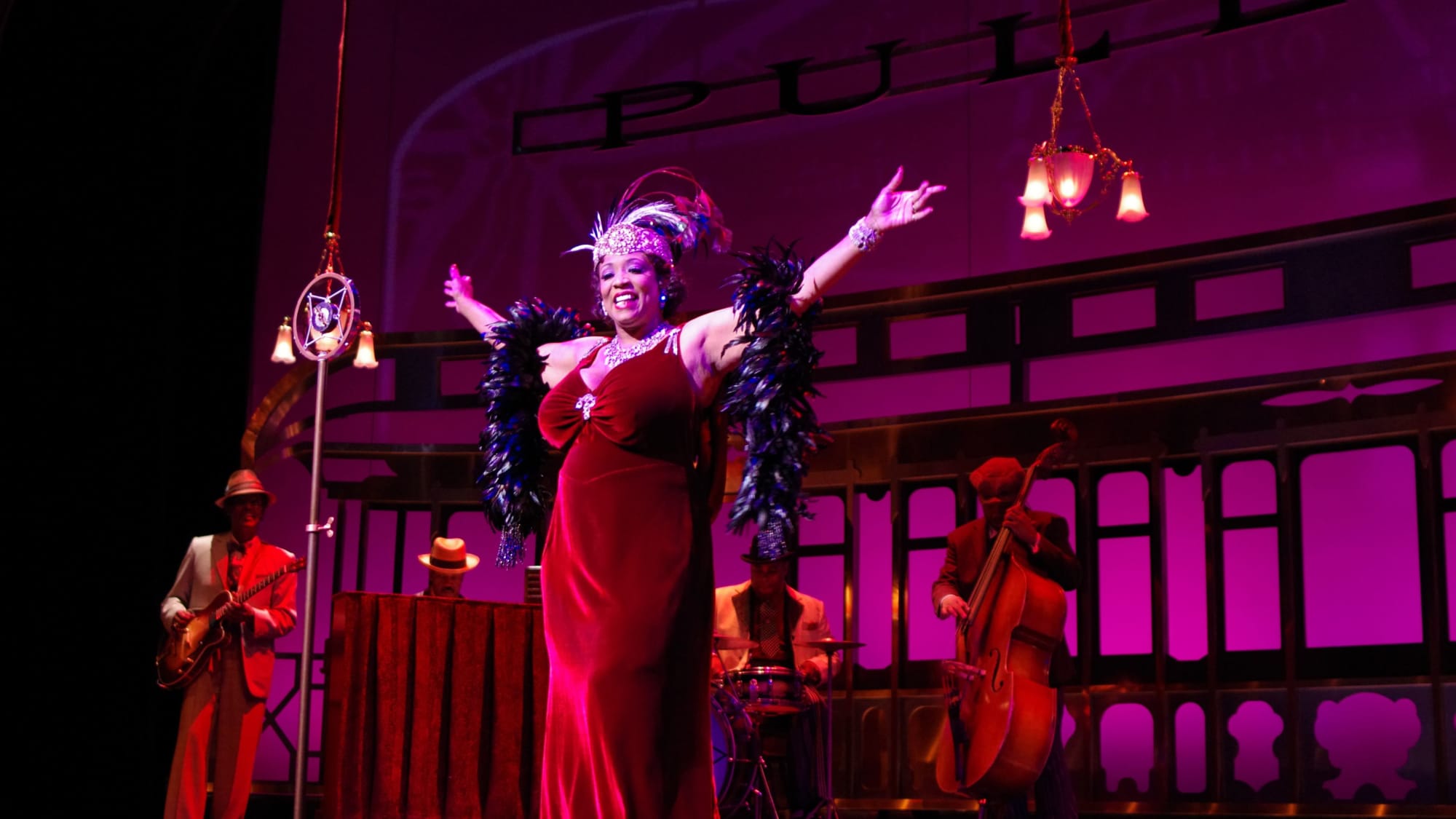
1993—2003
Expanding the Vision
The mid-1990s continued with an emphasis on new work and extended collaborations with artists like Wendy Wassterstein, Charlayne Woodard, and Bill Irwin. Ambitious plans for a second theater space began, and in 1997, the Leo K. Theater opened with great fanfare. The Sullivan era came to a close, and Seattle Rep welcomed a new artistic director, Sharon Ott. Under Sharon Ott's direction, the scope of Seattle Rep's work expanded, with an emphasis on diverse voices, large-scale classics, and the push to create an endowment.
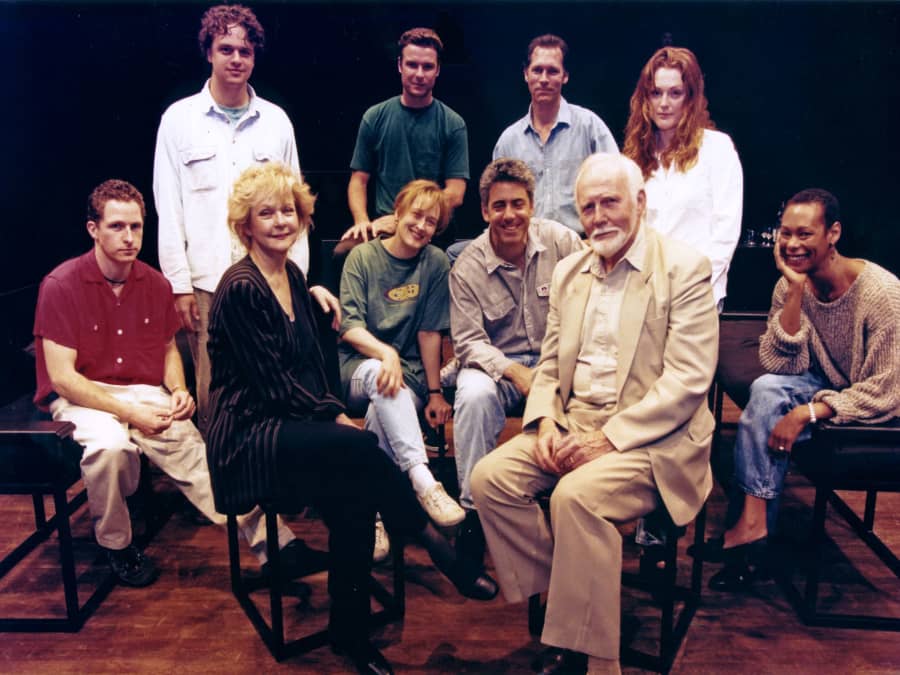
An Artistic Home: Wendy Wasserstein
An accomplished Broadway playwright, Wendy Wasserstein began her association with Seattle Rep in the 80s and continued to call the theater her home away from home. Artistic Director Dan Sullivan shepherded The Sisters Rosensweig (a play that began in our workshop series in 1992) to Broadway and then home again, where it joined the mainstage line-up in the 1993/94 season.
A star-studded cast—Meryl Streep, Julianne Moore, Penny Fuller, Adam Arkin, and Liev Schreiber—made the 1996 workshop performance of An American Daughter (pictured) unforgettable. The play became a centerpiece of our 1996/97 season, featuring Seattle all-stars Mark Chamberlin, Barbara Dirickson, and John Procaccino.
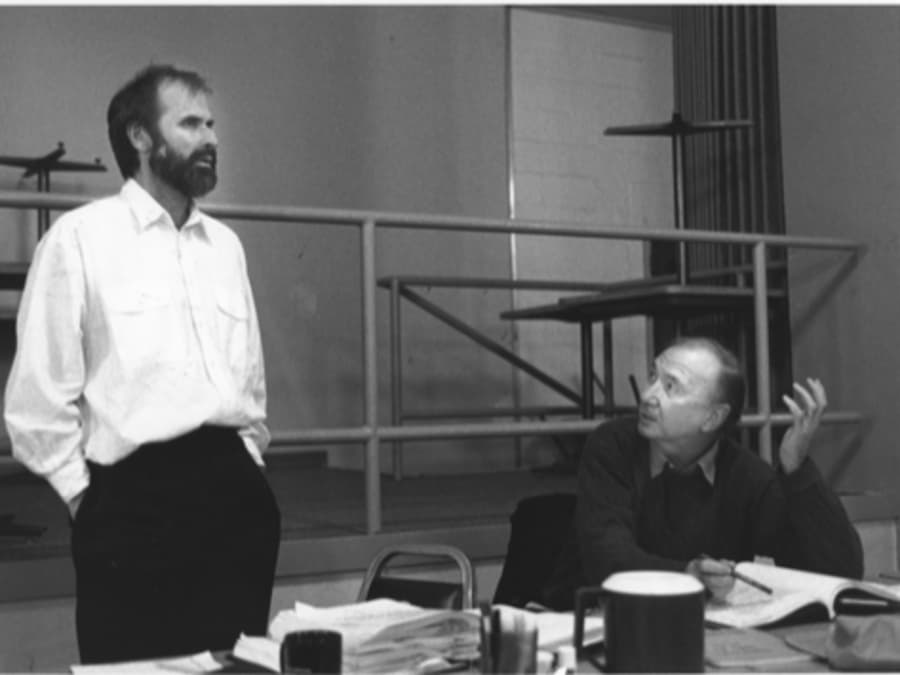
Highlight: Neil Simon Premieres London Suite
Seattle Rep's reputation as a home for new work continued to soar throughout the 90s. Neil Simon, well-known for his Broadway successes, chose Seattle Rep to premiere his play London Suite in 1994. As he was quoted at the time, "I'm looking for the peace and quiet and the ability to work in a place like Seattle Rep, which I've heard so much about. I like the idea of going there without the pressure."
Pictured: Dan Sullivan and playwright Neil Simon in 1994.
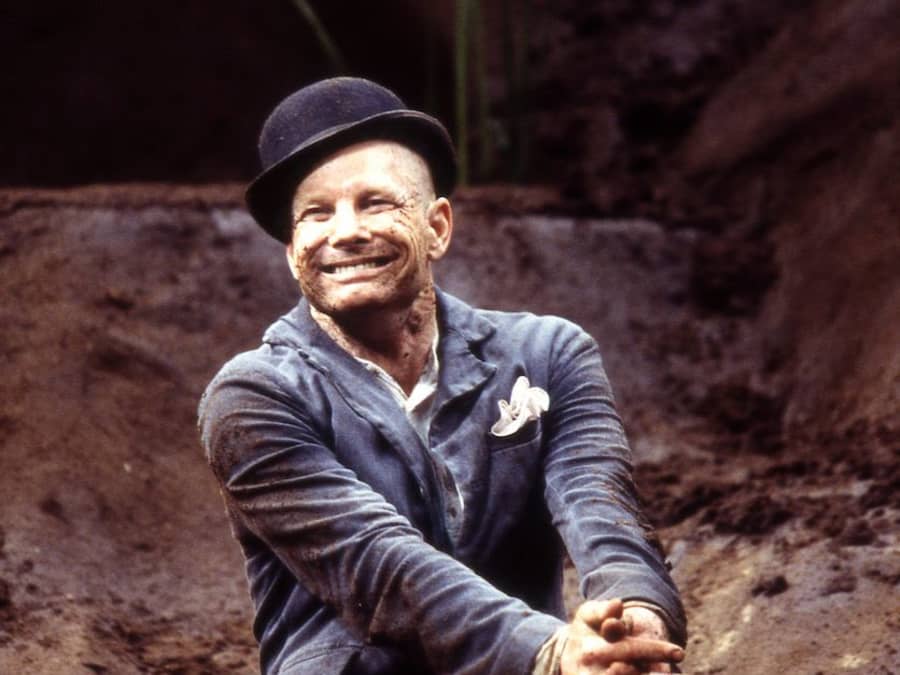
An Artistic Home: Bill Irwin
In 1994, the talented Bill Irwin was awarded a National Theatre Artist Residency grant which funded two years of work with Seattle Rep. The award coincided with his mainstage turn as adaptor, director, and performer in Moliere's Scapin. He followed that with a workshop performance of an original piece: Seattle Experiments: An Evening of Fragments. During the 1995/96 season, he tackled Beckett with an inspired Waiting for Godot.
Pictured: Bill Irwin in Texts for Nothing (2002). Photo by Dixie Sheridan.
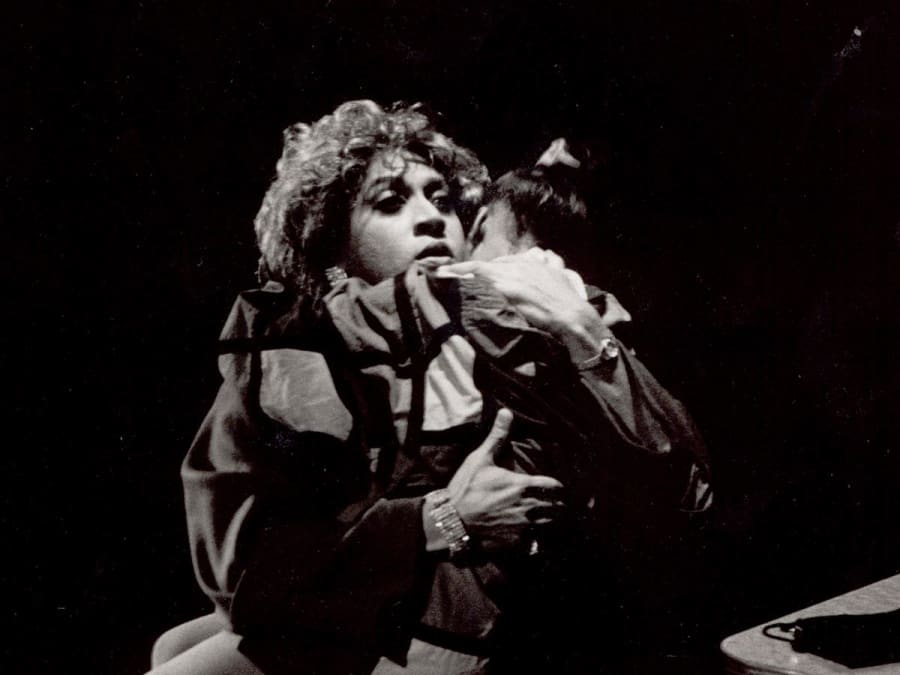
Highlight: Holiday Heart
In 1994, Seattle Rep staged the premiere of Cheryl L. West's Holiday Heart (pictured). The production launched a long-standing artistic relationship, eventually leading to Cheryl L. West being named Seattle Rep's most-produced living playwright.
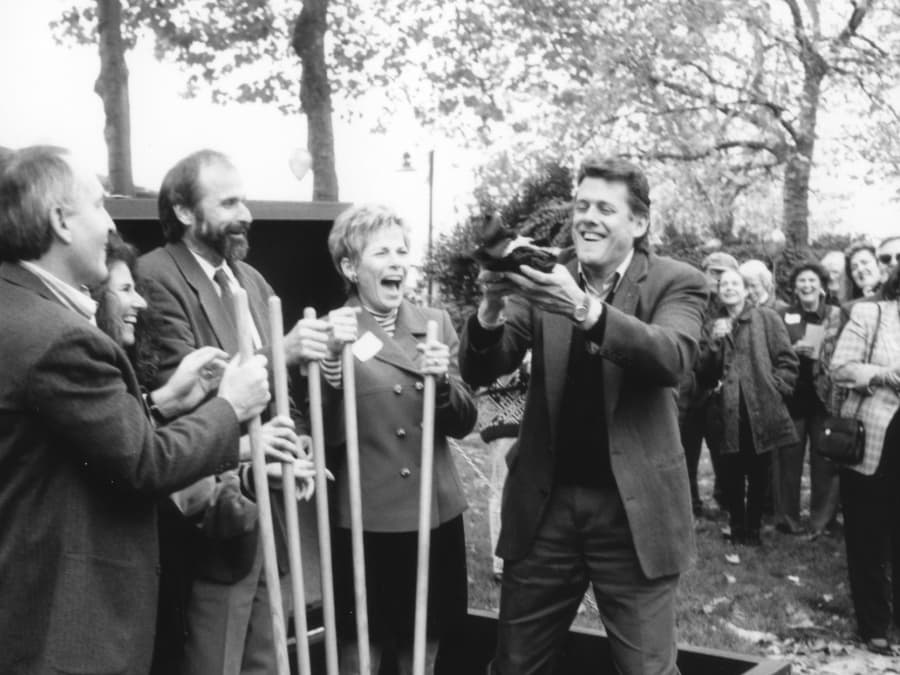
Leo K. Groundbreaking
On October 28, 1995, Seattle Rep broke ground on its second stage. Designed to be a home for new work, the ground-breaking celebration included appearances from playwright Wendy Wasserstein and theater artist Charlayne Woodard, both of whom spoke to Seattle Rep's fundamental commitment to playwrights and the nurturing of new work.
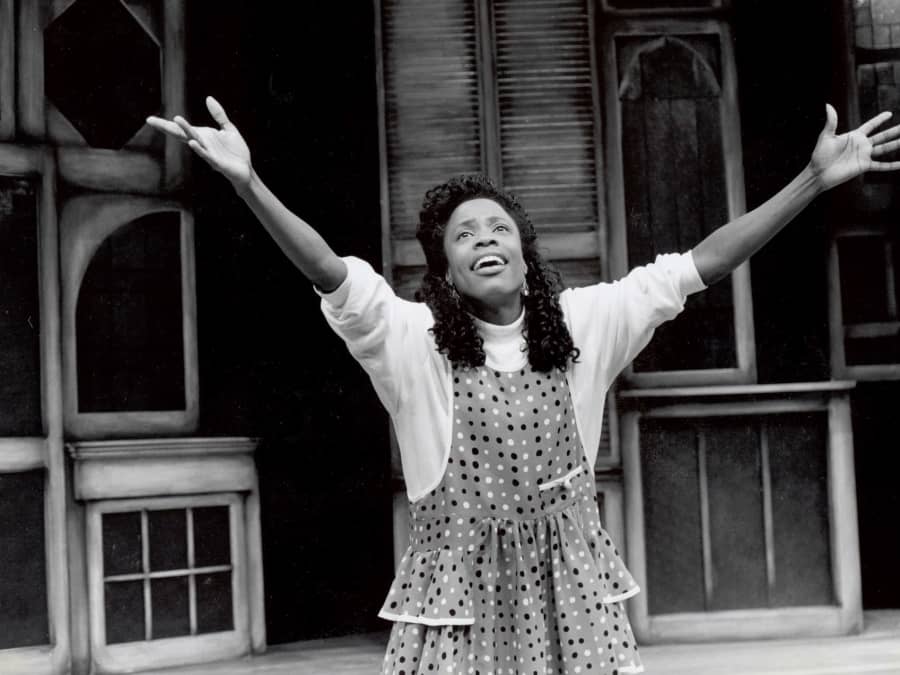
An Artistic Home: Charlayne Woodard
In 1995's Pretty Fire, Charlayne Woodard revisited her childhood in five powerful vignettes, wowing Seattle Rep audiences. Woodard returned the following year to develop Neat as part of the workshop series; the play made it to the mainstage during the 1996/97 season. Subsequent years saw her return to Seattle Rep to workshop Stories (1999) and world premiere In Real Life (2000), a play about her experiences as a New York actor.
Pictured: Charlayne Woodard in Pretty Fire (1995). Photo by Chris Bennion.
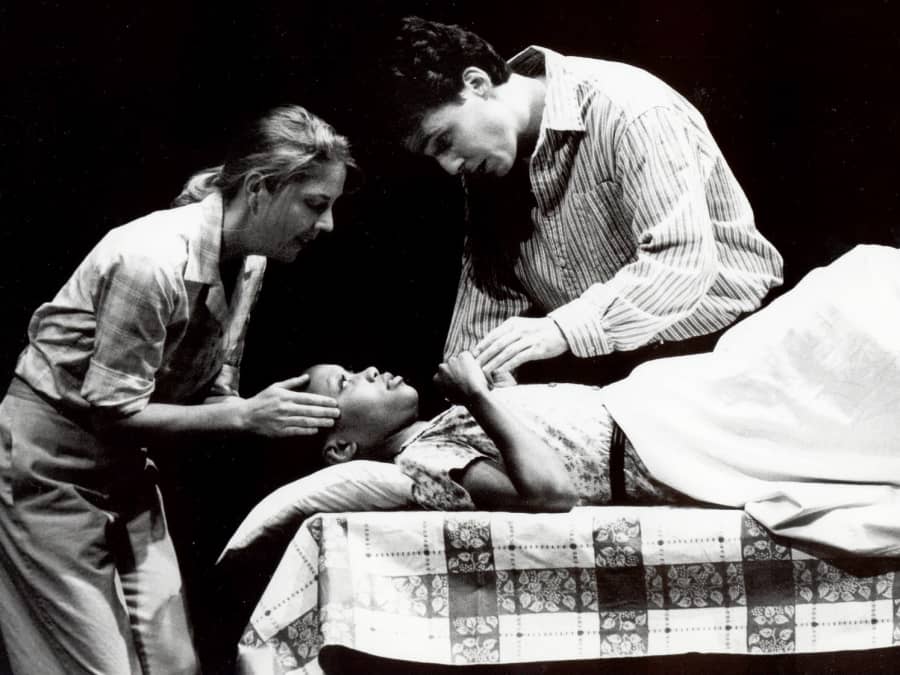
Leo K. Theater Opens
In 1997, the newly built Leo K. Theater opened for business with Tom Hulce and Jane Jones' ambitious production of The Cider House Rules Parts One and Two. Over the years, this production has come to be a touchstone for generations of Seattle Rep theatergoers and artists.
Pictured: The Cider House Rules (1997). Photo by Patrick Bennett.
Changes in Leadership
Shortly after the opening of the Leo K. Theater, Artistic Director Dan Sullivan announced his plans to leave Seattle Rep. He went on to commercial and critical success on Broadway as a director and won the 2001 Tony Award for Best Direction of a Play.
Sharon Ott's appointment as Artistic Director brought new energy to the theater, exemplified by her directing debut—an "enthralling and timely" production of Henrik Ibsen's A Doll's House (1998). Her vision was to bring back the classics and open the doors to new voices in the American theater.
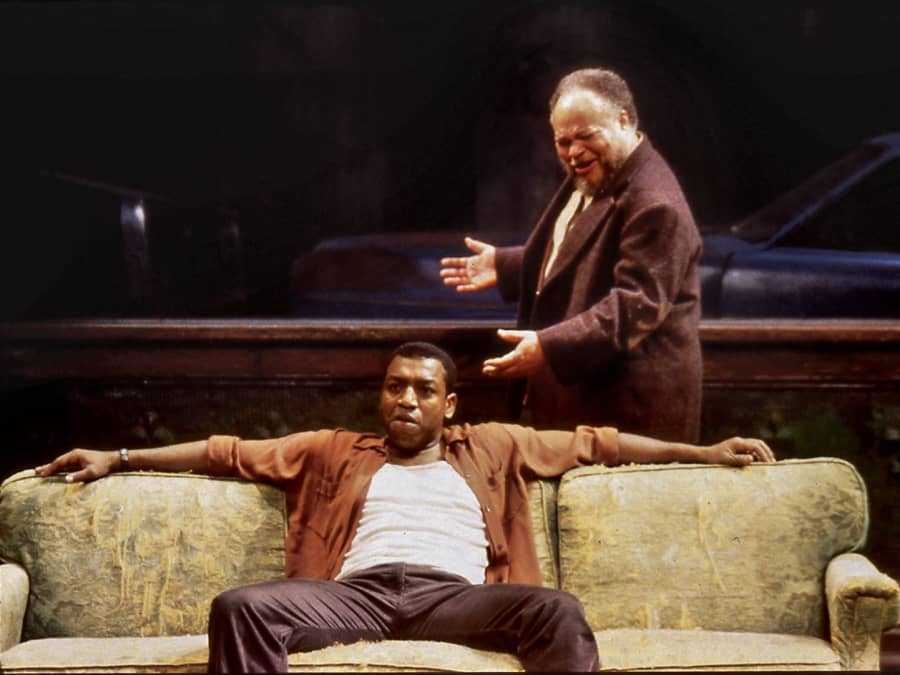
An Ongoing Legacy: The Plays of August Wilson
During the years 1993-2003, Seattle Rep produced three mainstage Wilson plays: Seven Guitars (1997/98 season); King Hedley II (1999/00 season); Jitney (2001/02 season); as well as the playwright's workshop of his one-man autobiographical play, How I Learned What I Learned (2003).
Pictured: Russell Andrews and Stephen McKinley Henderson in Seattle Rep’s Jitney (2002). Photo by Chris Bennion.
‘Seattle Rep has featured many well-known artists in August Wilson’s works.’
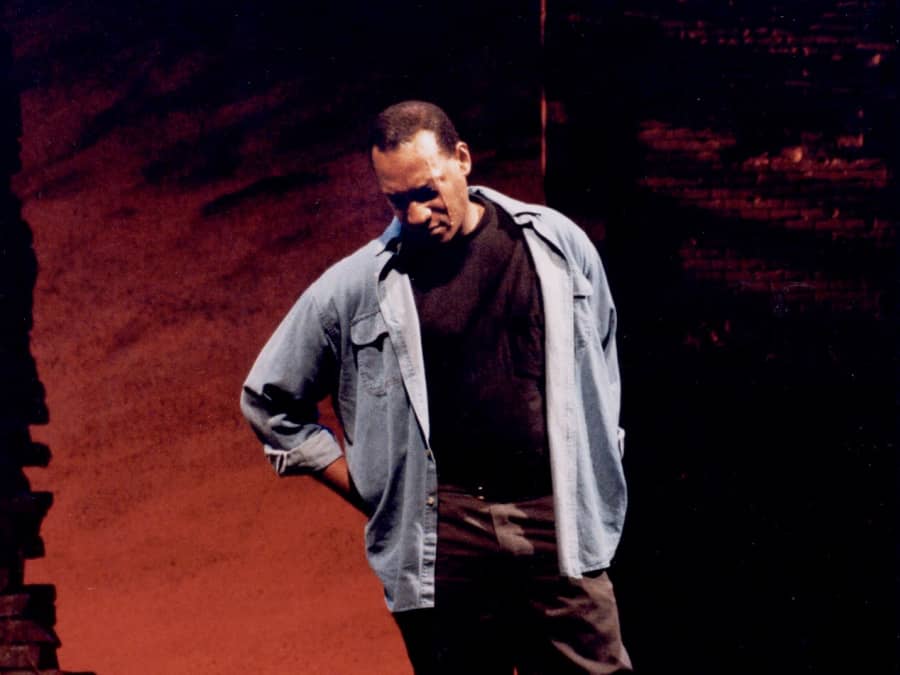
Highlight: King Hedley II World Premiere
August Wilson's King Hedley II was a world premiere for Seattle Rep. The first workshop of King Hedley II featured a number of familiar faces, including Laurence Fishburne, Danny Glover, and Viola Davis.
Artistic Director Sharon Ott remembered how it all began: "Several of my fondest theater memories of all time have to do with August [Wilson] and Seattle. One was sitting with him at the Mecca Cafe, his usual haunt, listening to him talk about a couple of characters he was working on as he drank coffee. Those characters became the two central characters in King Hedley II, although I didn't know it at the time. I left the Mecca and had to just walk around the block a couple of times. I felt like I was back in Elizabethan times, and I had just had the privilege of listening to Shakespeare describe a character who might later become Hamlet or something."
Pictured: Tony Todd in King Hedley II (2000). Photo by Chris Bennion.
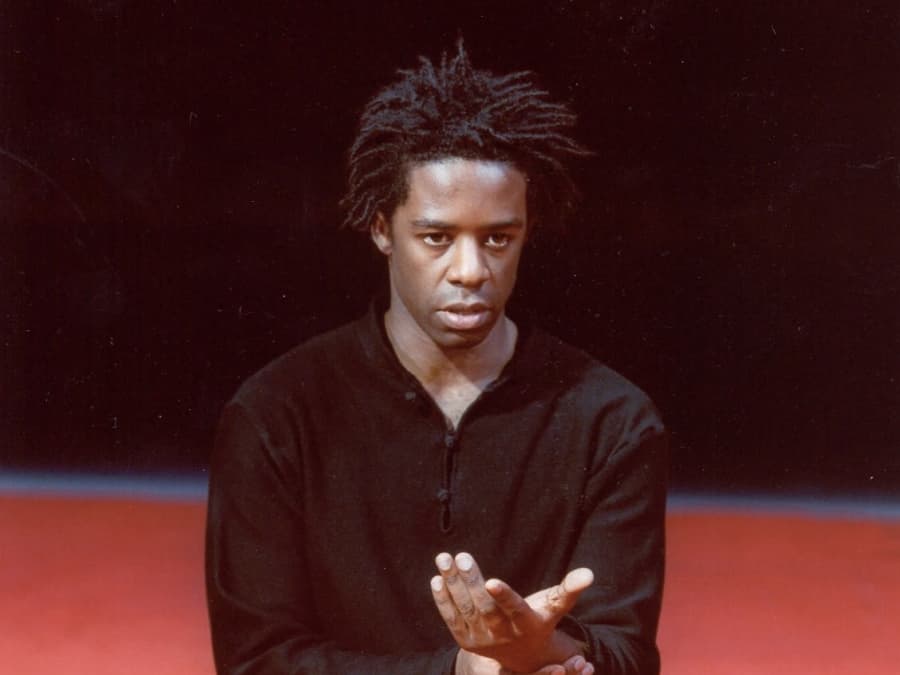
Highlight: Peter Brook's Hamlet
In 2001, Brook staged his first English language Shakespeare play in almost 30 years. In April 2001, The Tragedy of Hamlet opened its American tour in Seattle, playing to capacity crowds in a reconfigured Mercer Arena. Bringing Brook's project to the city was no small feat. Seattle Rep spearheaded an unusual collaboration that included Seattle Center, Intiman Theatre, ACT, The Empty Space Theatre, and the Seattle Center Foundation.
These community partners raised substantial funds to bring the theater legend to town, and as Seattle Center Director Virginia Anderson remarked at the time, "With these performances, we become a part of the long legacy of Peter Brook's work, a legacy which has left its profound and transforming mark on actors, producers, and audiences throughout the world."
Pictured: Adrian Lester in Peter Brook's The Tragedy of Hamlet (2001). Photo by P. Victor.
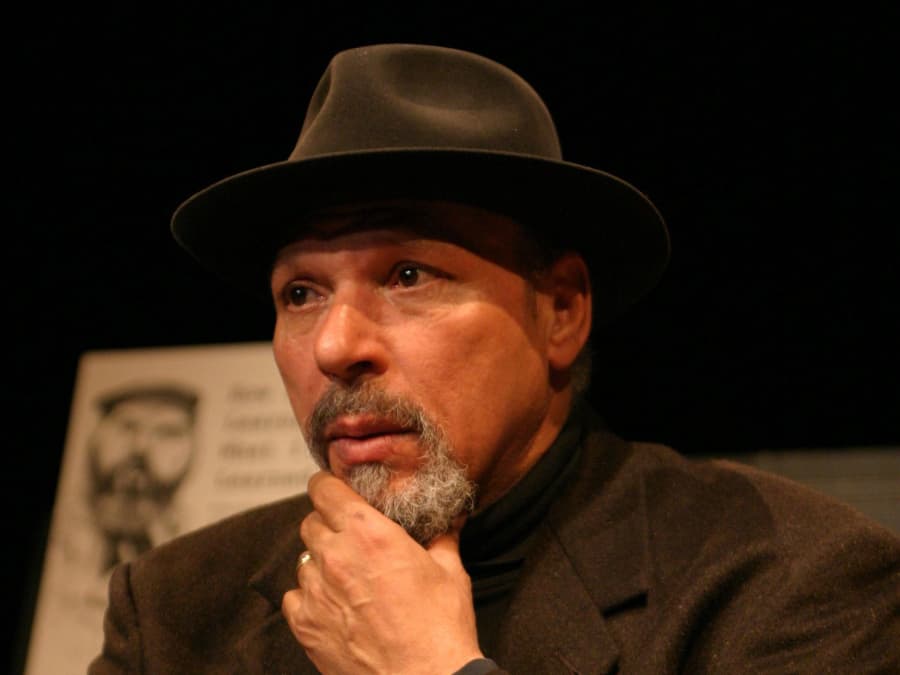
Highlight: How I Learned What I Learned
How I Learned What I Learned (pictured) was a departure for the late August Wilson. His one-man autobiographical show was his last and most personal play, and Wilson himself performed the piece in Seattle Rep's PONCHO Forum.
